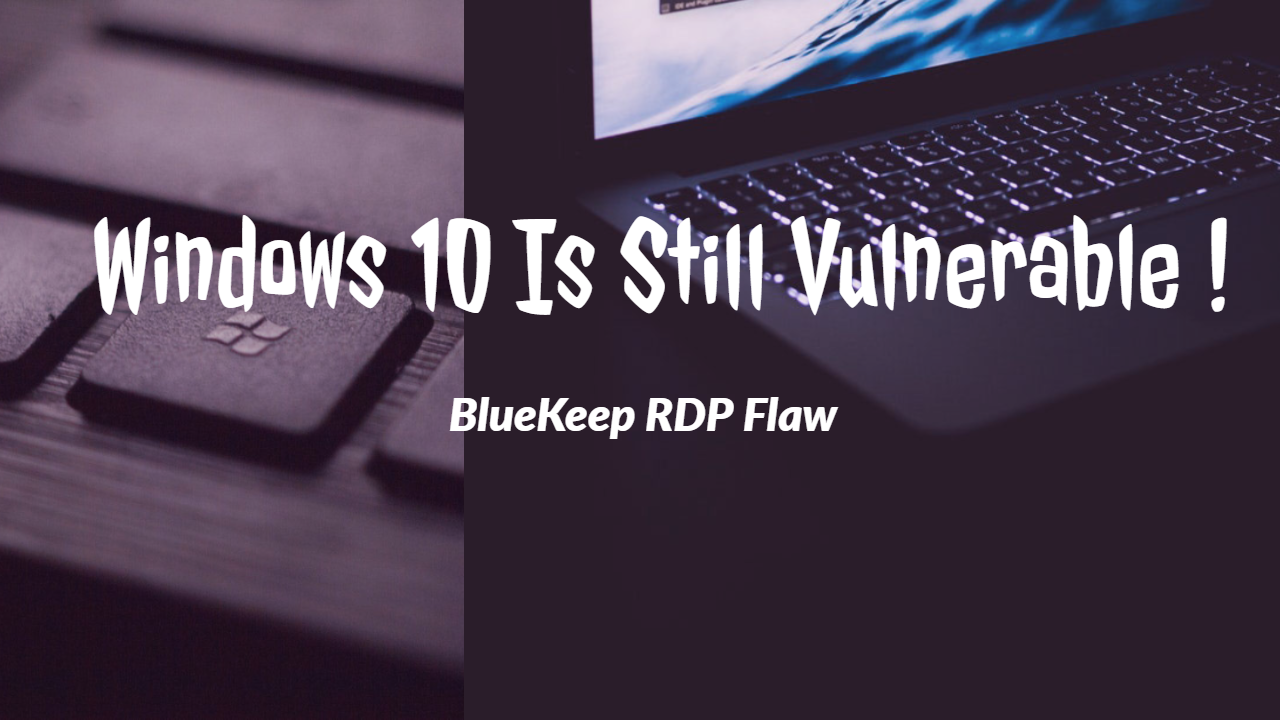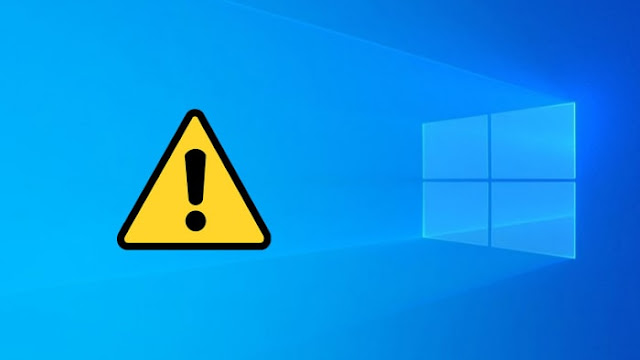
:max_bytes(150000):strip_icc()/GettyImages-519998069-fbac919f265d4d68811e700f7e50bf58.jpg)
PrintNightmare is not the same not the same as CVE-2021-1675, which was fixed in the patch in June, there is currently no patch available for PrintNightmare. It should be not be confused with CVE-2021-1675. The vulnerability itself is possible because, The Microsoft Windows Print Spooler service fails to restrict access to the RpcAddPrinterDriverEx() function, which can allow a remote authenticated attacker to execute arbitrary code with SYSTEM privileges on a vulnerable system.įlowchart of the vulnerability (Source: (1) Stan Hegt / Twitter You can see a short video of the exploit here To be able to use this exploit it requires that you authenticate as a domain user. This vulnerability can provide full domain access to a domain controller under a System context. There is a new high severity vulnerability dubbed Print Nightmare, which exploits a vulnerability in the Print Spooler service.

MORE Info –> PrintNightmare CVE-2021-34527 – Patches | Marius Sandbu () This information will be updated when more information or updates are available. Other information has been updated as well.

Security updates for these versions of Windows will be released soon. Updates are not yet available for Windows 10 version 1607, Windows Server 2016, or Windows Server 2012. Clair isn’t suited for that level of analysis and teams should still undertake deeper analysis as required.UPDATE 2: Patches now released from Microsoft CVE-2021-34527 – Security Update Guide – Microsoft – Windows Print Spooler Remote Code Execution Vulnerability (Still missing some operating system) CVE updated to announce that Microsoft is releasing an update for several versions of Window to address this vulnerability. For example, Heartbleed only matters as a threat if the vulnerable OpenSSL package is installed and being used. Take note that vulnerabilities often rely on particular conditions in order to be exploited.

When new vulnerabilities are announced, Clair knows right away, without rescanning, which existing layers are vulnerable and notifications are sent.įor example, CVE-2014-0160, aka " Heartbleed" has been known for some time, yet Red Hat Quay security scanning found it is still a potential threat to a high percent of the container images users have stored on Quay. Since layers can be shared between many containers, introspection is vital to build an inventory of packages and match that against known CVEs.Ĭlair has also introduced support for programming language package managers, starting with Python, and a new image-oriented API.Īutomatic detection of vulnerabilities will help increase awareness and best security practices across development and operations teams, and encourage action to patch and address the vulnerabilities. Clair scans each container layer and provides a notification of vulnerabilities that may be a threat, based on the Common Vulnerabilities and Exposures database (CVE) and similar databases from Red Hat ®, Ubuntu, and Debian.


 0 kommentar(er)
0 kommentar(er)
